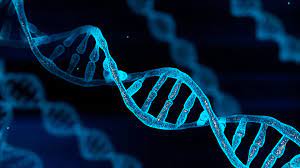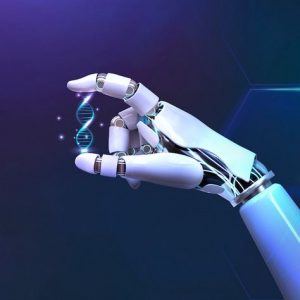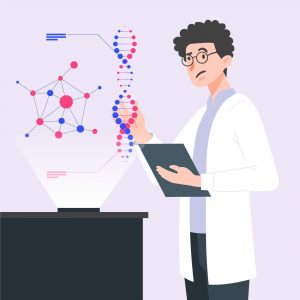
New research from UC San Diego has revealed that machine learning is revolutionizing gene study. AI has identified rare “synthetic extreme” DNA sequences. This groundbreaking discovery could better understand how our genes work and be helpful in biotechnology and medicine.
Also Read: Revolutionizing AI in the Life Sciences Industry Using Open AI’s GPT-3
What are Synthetic Extreme DNA Sequences?
DNA sequences are the building blocks of life and control everything from eye color to disease susceptibility. Researchers must identify specific DNA sequences that regulate their function to understand how genes are switched on or off.
Artificially created pieces of genetic code, synthetic extreme DNA sequences, can activate or silence genes. At the same time, there’s been interest in synthetic DNA for some time. Finding these intense sequences was like searching for a needle in a haystack – until now.
How Has AI Helped Identify Rare Synthetic Extreme DNA Sequences?

UC San Diego researchers tested 50 million DNA sequences using machine learning to identify synthetic DNA sequences with activities that could be useful in biotechnology and medicine. By leveraging AI’s power, they found rare “synthetic extreme” DNA sequences with specifically designed functions in gene activation.
Professor James Kadonaga a distinguished professor in the Department of Molecular Biology. He says that this could significantly impact medicine and biotechnology. “Instead of comparing humans (condition X) versus fruit flies (condition Y), we could test the ability of drug A (condition X) but not drug B (condition Y) to activate a gene.” Furthermore, he states that “This method could also be used to find custom-tailored DNA sequences that activate a gene in tissue 1 (condition X) but not in tissue 2 (condition Y).”
Also Read: AI Tool Developed to Detect Parkinson’s Disease Years Before Symptoms
Practical Applications of AI in Gene Study

The implications of this breakthrough are enormous. Scientists can develop targeted treatments for various diseases by identifying synthetic extreme DNA sequences and refining gene-editing techniques. For instance, this AI-based approach could help develop therapies that activate specific genes in a particular tissue or select DNA sequences that trigger the expression of beneficial traits while silencing harmful ones.
According to Professor Kadonaga, synthetic extreme DNA sequences might be rare. It is perhaps one in a million – but AI could find them if they exist. “There are countless practical applications of this AI-based approach,” he said.
Our Say
The discovery of synthetic extreme DNA sequences is a breakthrough for gene study. AI has played a crucial role in its identification. By understanding how genes are switched on or off, we can more effectively treat various diseases or refine gene-editing methods. This revolutionary research offers a glimpse into a world where such advancements are possible.
As we continue to make strides in the field of gene study, it’s clear that machine learning will be at the forefront of these developments. The possibilities are endless, and we can’t wait to see what lies ahead.




